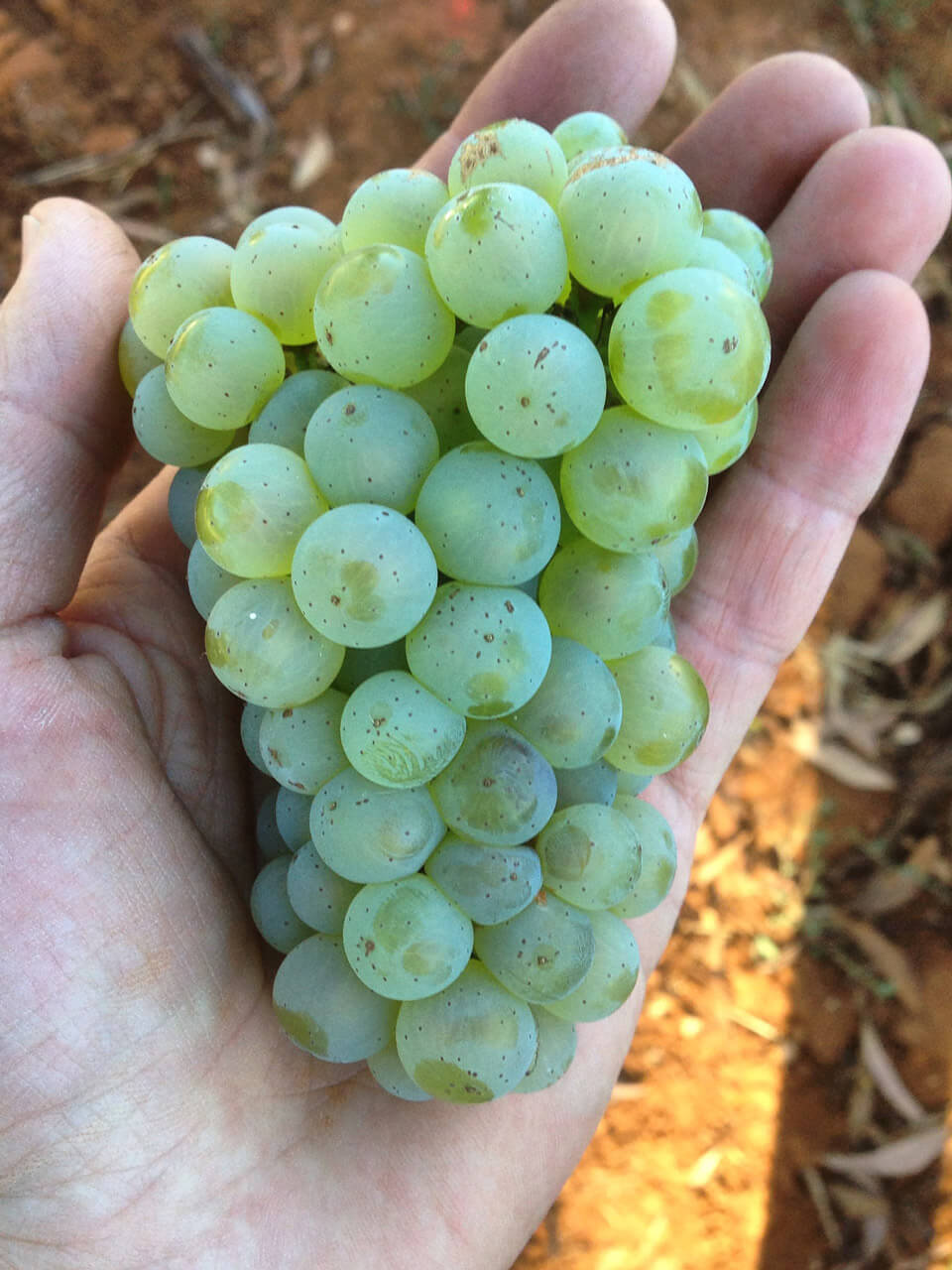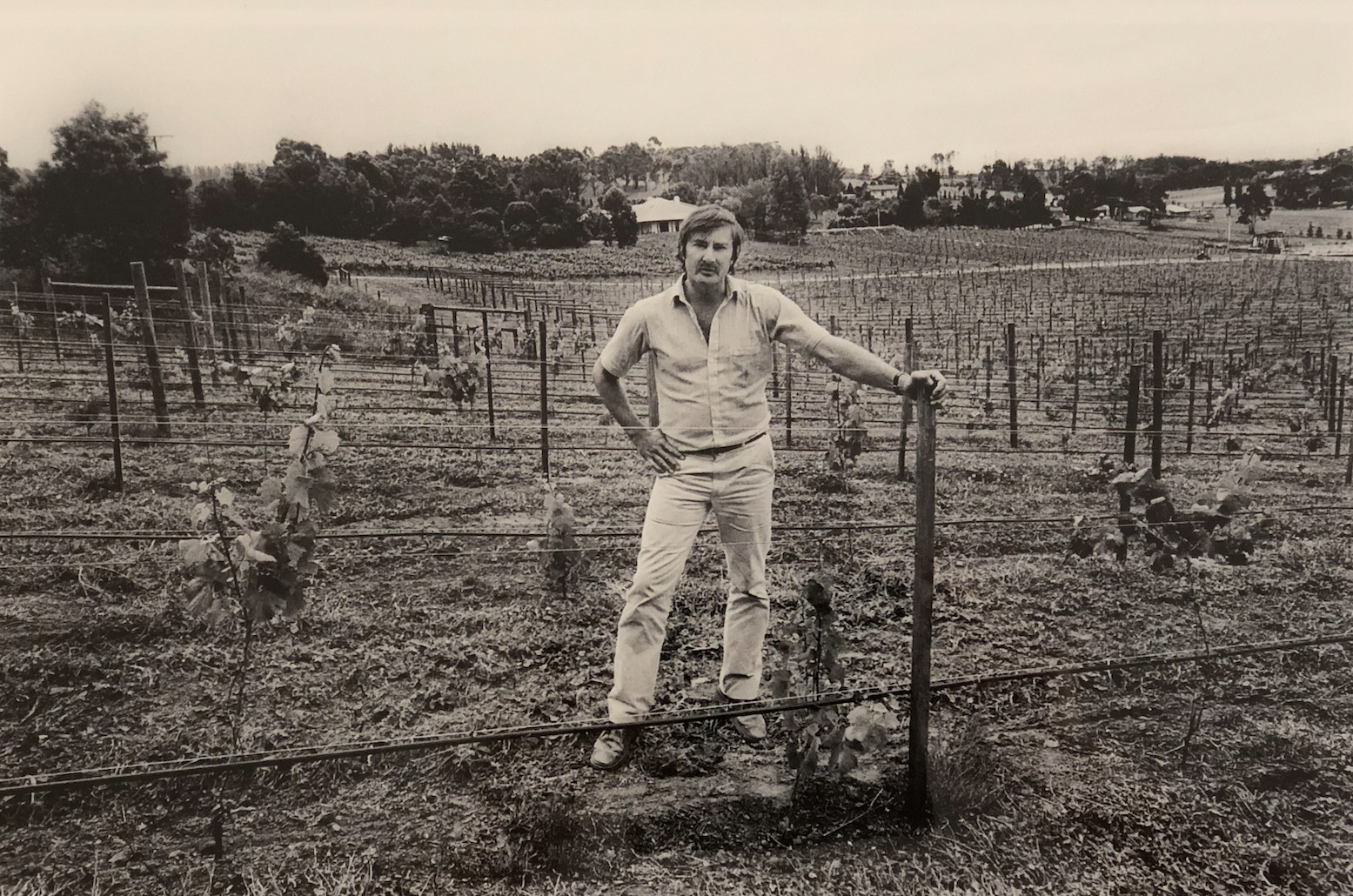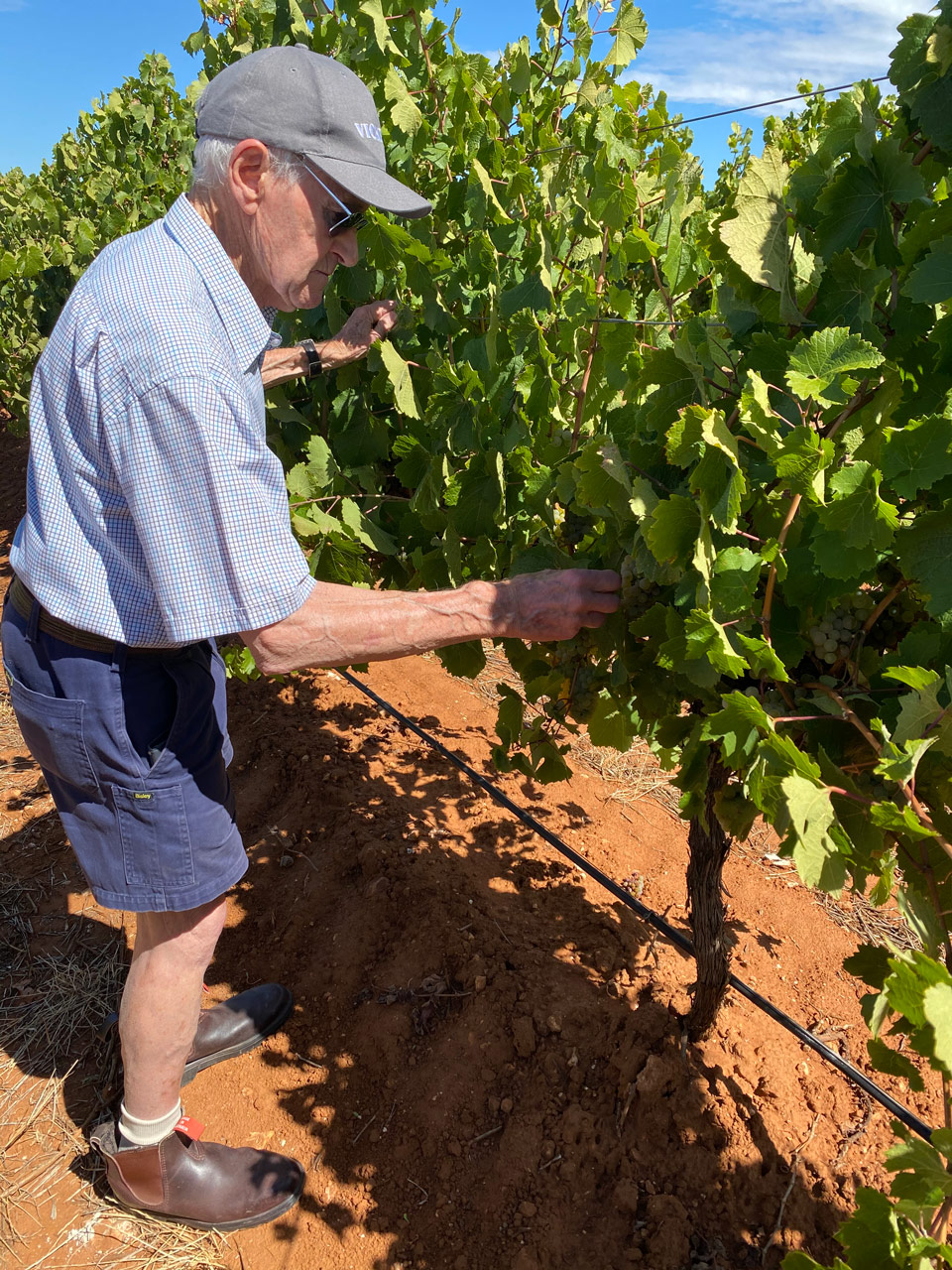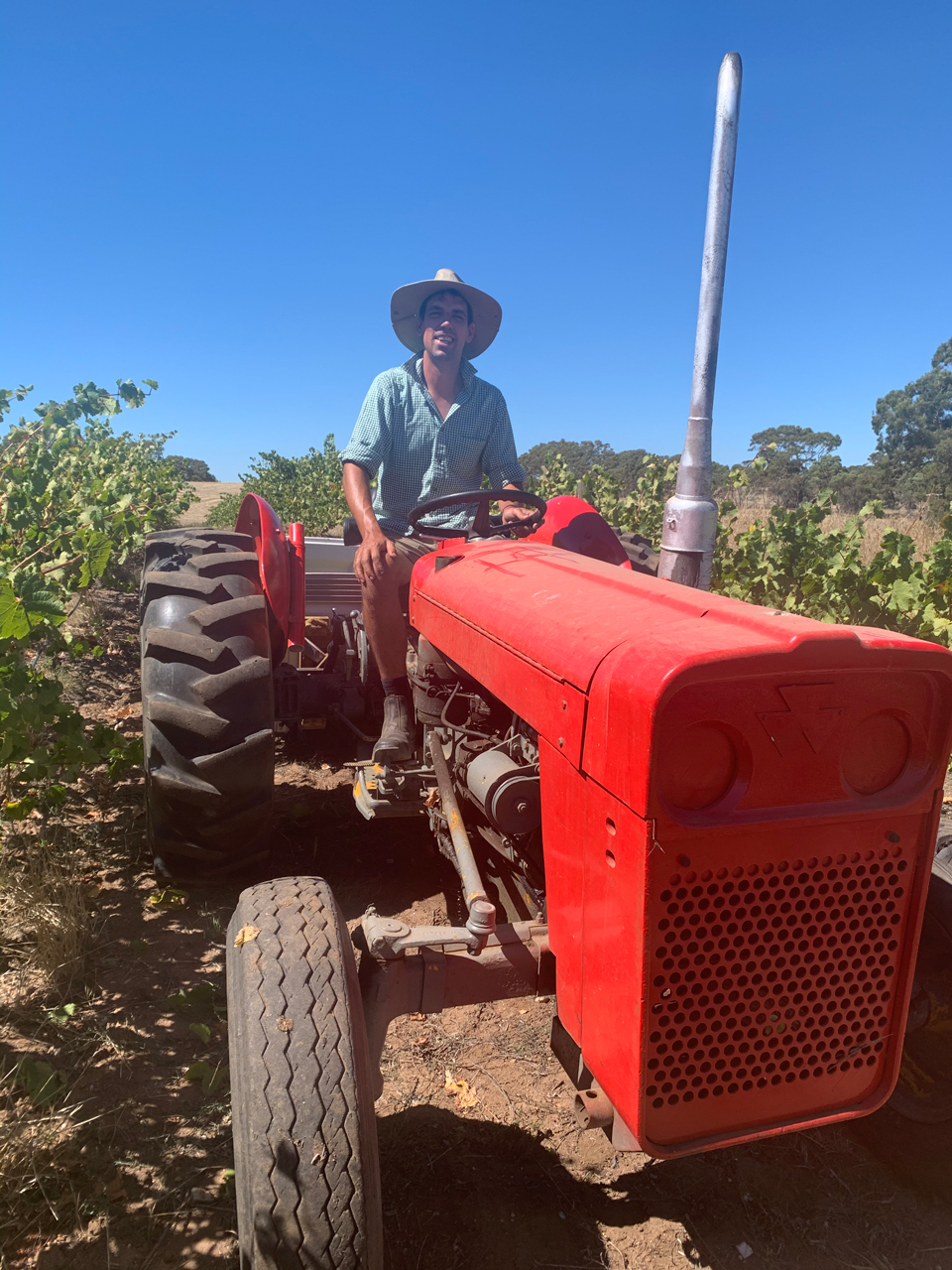Australia’s Best Nebbiolo
With both maturing vines and a depth of winemaking knowledge on how to handle the fruit, we thought it timely to line up as many currently available Australian bottlings of nebbiolo to see how it’s faring across the land.
“I believe riesling to be the ultimate versatile variety,” says Rieslingfreak’s Belinda Hughes. “From dry to sweet, sparkling to fortified, there is almost nothing riesling can’t do – and do well! Its natural propensity to hold elevated acid levels make it uniquely suited to delicate dry wines as well as perfectly balanced sweeter styles, and also imparts longevity and facilitates long-term cellaring.”
Hughes’ Rieslingfreak is Barossa based, making wines from the Clare and Eden Valleys – ground zero for Australian riesling. It was there that the first riesling revolution occurred back in the mid-20th century. The introduction of reliable refrigeration, stainless steel tanks, gas coverage to stop oxidation, a better understanding of and ability to measure acid/pH, among other innovations, saw a style emerge that was not previously possible to deliver with consistency.


“Its natural propensity to hold elevated acid levels make it uniquely suited to delicate dry wines as well as perfectly balanced sweeter styles, and also imparts longevity and facilitates long-term cellaring.”
Driven by legendary figures like John Vickery, Colin Gramp and Brian Croser, that style was certainly a popular one, and it remains one of this country’s great wine styles, but Australian riesling is no longer solely defined by it. “We love Australian riesling – how could anyone not who’s had a bottle of Jim Barry with fish and chips on the beach or a good vintage Polish Hill with 20 years on it,” says Louis Schofield of Worlds Apart Wines. “But we also love German riesling, so we wanted to take the best of both worlds and meld them together.”
Schofield whole bunch presses fruit from 50-year-old vines in the Eden Valley, separating the free run juice and the juice that has had a firmer press. For traditional Australian styles, that second part is usually sold off, used in bulk wine or discarded by makers, but he values the flavour, phenolic chew and tension, so it’s fermented to dryness and blended back later in a quantity based on testing and tasting. The other portion gets fermented in old oak with no temperature control.


“The last couple of years in SA have been very mild – cold – and the ripening has been slow,” says Schofield. “The fruit has come off with flavour and high acidity, so we’ve been able to stop the ferment with a touch of unfermented sugar, meaning the seesaw of acid and sweetness is in perfect tension. I don’t know what the future holds, but if it’s hot and dry again we most likely won’t find balance with sweetness so will need to ferment the wine all the way through, and hopefully not need to adjust the acidity in the winery – but at the end of the day, the most important thing is that the wine is outrageously delicious.”
While many Australian makers see oak as anathema in riesling, wanting to preserve fruit purity at all costs, the reality is that oak is very traditional. “While the use of oak and wild fermentation is relatively rare in Aussie riesling, the Germans have been using oak vessels with riesling for centuries,” says Hughes. “While most of the vats used are so old that the oak flavour in the wines is barely perceptible, this subtle influence is a hallmark of the traditional style.”
Hughes takes it a step further, though. “While we certainly embrace the classic Aussie style at Rieslingfreak, we also aim to push the boundaries of what riesling means in this country,” she says. “We take inspiration from traditional German styles, as well as translating techniques more commonly associated with varieties other than riesling. While restraint and delicacy are the hallmarks of Australian riesling, the variety itself is remarkably well suited as a canvas for more exuberant expressions.”


“We love Australian riesling – how could anyone not who’s had a bottle of Jim Barry with fish and chips on the beach or a good vintage Polish Hill with 20 years on it.”
The high natural acidity is a factor that Hughes says makes it perfect for oak fermentation and maturation. “Natural preservation due to low pH and the delicacy of the base wine allows secondary characters to shine. Why can’t riesling be as textural and complex as a top-shelf barrel fermented chardonnay? Why can’t the winemaker embrace the bolder flair of Antoni Gaudi, rather than the restraint of Da Vinci in creating a riesling of great beauty?”
That approach sees a very Burgundian expression of Eden Valley riesling, with the Rieslingfreak ‘No.11 Mosaik’ employing seasoned but high-toast oak and wild-type (cultivated from wild sources) yeast fermentation. It also stayed in barrel for 12 months on full lees to build texture and complexity, resulting in a wine that has the unmistakable rip of acidity mingling with some cues that pull one towards a classic chardonnay model.
It’s a methodology that has both stark differences and striking similarities with Koen Janssens of Bink Wines, who also believes in building layers with oak, but his is all old enough to be neutral and chardonnay is not the model. “Acid is a foundation to build on,” he notes, which aligns with Hughes’ inspiration. “The one I make has skin contact and is barrel fermented, which just amplifies the vineyard and what is in the fruit itself. Having the freshness there means the wine will always stay fluid.”


The site Janssens works from is also not in classic riesling territory, being in the warmth of the Barossa Valley floor, but it is of significant age, at around 85 years. “The oak is there because I want to break the acid. I don’t want the acid to be the main character…. It absolutely has acid, don’t get me wrong, but it’s not stripping your teeth away… The barrel component says to the riesling, ‘Mate, just calm down. We know you’re on steroids, but just chill. You’re here; you’re very much important, and we need you to be a part of this, but you’re not the main character.”
Jordan Hein of Moorak jumped into his own label with limited experience making wine with others, so his work across all his wines has been exploratory, including with an Adelaide Hills riesling. “There is a lot of wine out there. I needed to figure out what would make my wines different from everyone else’s. I was starting out from scratch, so I could only work with what I had in front of me, which at the time was the little equipment I owned. I saw the opportunity in making a point of difference through the styles and way I could make my wine.”
That approach saw Hein experiment a lot with riesling. “Various maceration times on skins, vessels, blends of each, sites, etc. I’ve previously led with more of a focus on experimentation, working with the results to form a final product. …Now, I rather use techniques to emphasise the fruit’s character, expression and place. Which, I believe to be the crux of a winemaker, so each year will still evolve and change.”
“The fruit has come off with flavour and high acidity, so we’ve been able to stop the ferment with a touch of unfermented sugar, meaning the seesaw of acid and sweetness is in perfect tension.”
His most recent release is a reflection of that evolution, with the experimentation toned down but the result decidedly colouring outside the lines of the Australian classics. “I wanted to create something slightly alternative while upholding the fruit’s place, varietal expression and approachability,” Hein says. “The fruit was left on the vine to develop a small amount of botrytis, then it was fermented in steel at low temperatures using ambient yeast. It created vibrant and clear aromatics, while the slow fermentation kept its lees in suspension developing its silky round texture.”
Like Schofield, Hein left a couple of grams of sugar for balance, though it is imperceptible, and the wine went through full malolactic fermentation to build additional body. That stylistic play is something that Galafrey’s Kim Tyrer is also championing, working with trials of both malolactic fermentation and oak ageing. That wine has not been released yet, but she is encouraged by the early results and is also experimenting with sparkling riesling. And perhaps those gestures are more remarkable given Galafrey’s long track record with riesling in a classic mould.
That diverse approach is something that Janssens would like to see a lot more of. “Sometimes, I get bored that Australian riesling is pushed in a generic flavour profile. If you look at European styles, they’re so individual… it’s like a big family, but you can tell the individual characters… I’m not saying my style is the way forward, definitely not… But let’s not all stick to the same flavour profile. Let the vineyards talk and let them show what is possible… The vines I work with have been in the ground for longer than most people have been walking around, so I amplify what they have to offer.”
“Acid is a foundation to build on. The one I make has skin contact and is barrel fermented, which just amplifies the vineyard and what is in the fruit itself. Having the freshness there means the wine will always stay fluid.”
There’s no question that riesling is being taken in interesting directions, with decisions both in the vineyard and winery shaping a new future for the grape with styles that will happily rub shoulders with the beloved classics. That is only enhanced by the diversity of vineyards that are swelling the ranks with regional expressions from such strong contenders as Tasmania, Victoria’s Alpine Valleys, Henty and the lofty sites in Orange as well as the Great Southern and all manner of vineyards in between.
One thing is for certain, riesling is not going to fade from view. “Riesling is probably my favourite thing to drink – alongside chardonnay, grenache and nebbiolo of course… – because it’s bloody delicious and because it does such a sensational job of showing terroir and generally at a cost that means you can actually afford to nerd out like you can’t with Burgundy anymore,” concludes Schofield.

This is in classic Polish Hill River territory here, with depth of flavour allied to intense minerality. Aromas of lime zest, kaffir lime leaf, lemon pith, green apple and a faint hint of jasmine are set against wet slate notes, a serenely pitched expression of intensity and elegance. That sense of balance carries across the palate, the excellent vintage showing its hand in a wine with weight and power carried in a lithe structure of naturally succulent acidity and uncluttered purity.
Experience the story – shop the wines at Finestro online cellar door.
Riesling in a fairly hefty Burgundy bottle is an uncommon thing, but then this isn’t your classic Australian style. The fruit purity is there, but there’s a bit more apple than classic lime, with lemon curd and a slightly exotic toasty floral note, too. The acid is there, of course, but this is carrying plenty of texture, with both a gentle grip and a slippery mid-palate, which cleans up through the long finish.
Experience the story – shop the wines at Finestro online cellar door.
This is an off-dry take, but with such a vibrant spine of acidity that the ballast of sugar seems essential more than anything else. Citrus aromas abound, with lemon leaves, orange blossom and yellow grapefruit pith amongst them, along with a hint of white peach and a whisper of mint. The sugar gives this weight and texture, but it’s not sweet as such, just rich and succulent, with such a fresh structure to it that the final impression is dry and vibrant. This would be great with spicy fragrant food, such as a Thai salad.
Experience the story – shop the wines at Finestro online cellar door.
This is very classic in style, with lime pith and peel, lemon flesh and apple blossom against a gravelly and slatey mineral backdrop. Dry, with a succulent play of acidity and mineral notes, this is linear and racy, but there’s a lot of flavour concentration at classically modest alcohol, testament to the dry-grown, mature vines and cool, slow ripening.
Experience the story – shop the wines at Finestro online cellar door.
There’s a gentle haze to the golden hue here, with a savoury lift on the nose that suggests skin contact. Cider apple, peach kernel and lemon and grapefruit pith on the nose. That chewy, pithy edge carries through on the palate, some subtle lime/lemon leaf and a smoky note, with preserved lemon and sour apple notes. This is chewy and pleasingly tart, but that’s matched with generosity and flex. It’s a wine built for food.
Experience the story – shop the wines at Finestro online cellar door.
This has many of the classic cues for Australian riesling, with lemon and lime fruit, but it is less pungently aromatic and steely, with a softening of the edges and a subtle waxy and nutty quality. That’s coming from some old barrels used to ferment the wine, with notes of candied peel, honey and dried fig adding further complexity on the palate. This carries a little residual sugar, which you can sense on the nose with some unfermented juice notes, but on the palate, it solely acts to balance, disappearing into the wine, except for the flavour notes, dancing with brisk acidity harmoniously through a long finish.
Experience the story – shop the wines at Finestro online cellar door.
This has all the trappings of a serious chardonnay but with the lemon and lime notes of riesling and the acid drive of the Eden Valley. Those two elements could seem too disparate, but they mesh neatly with the more lifted citric character toned down by subtle oak flavour and maturation on lees, introducing waxy, mealy notes and rounding the citrus into lemon curd, along with dried pineapple, green fig, mint and honey. The barrels have also fleshed out the palate, with a gently textural creaminess to cushion the thrilling line of acidity.
Experience the story – shop the wines at Finestro online cellar door.
Please sign in or create account as candidate to bookmark this job
Please sign in or create account to save this search

Please sign in or create account as candidate to create a resume